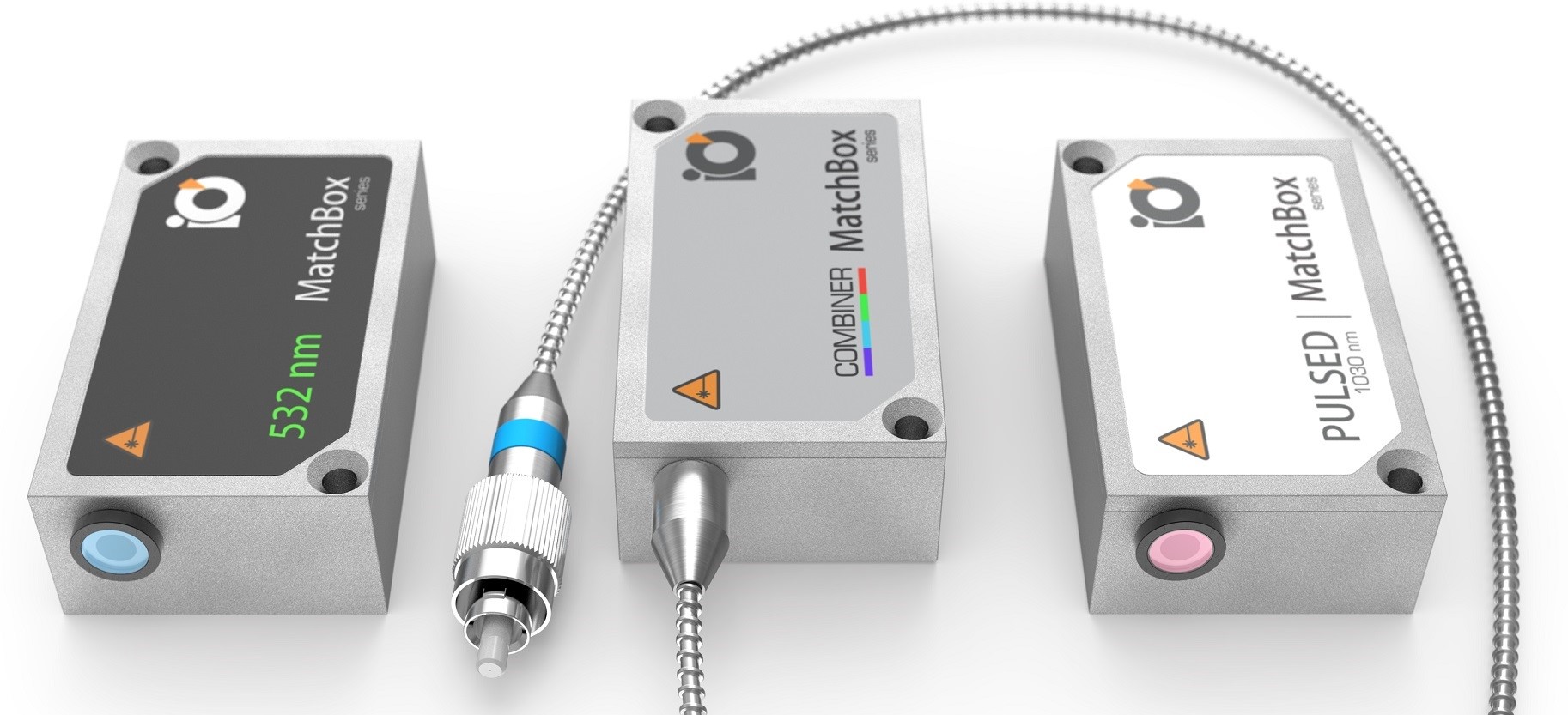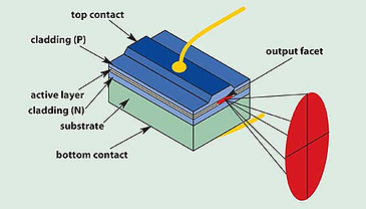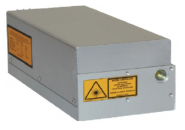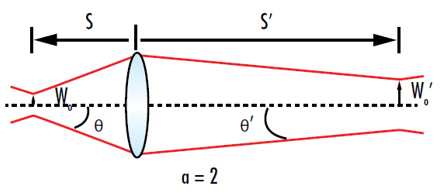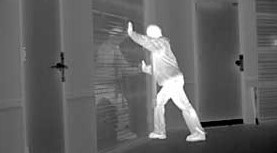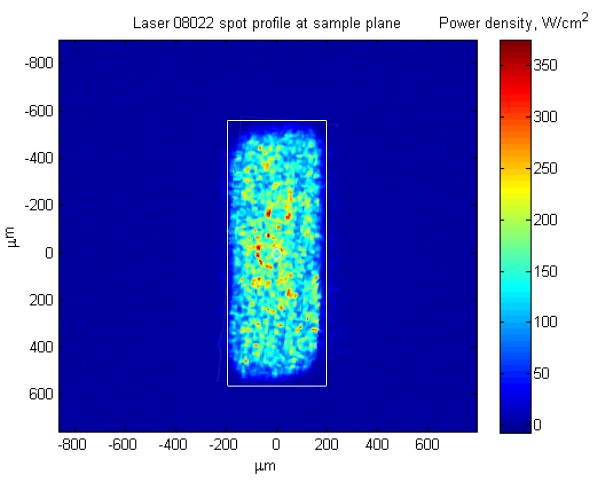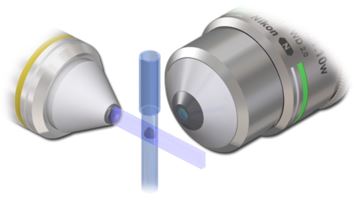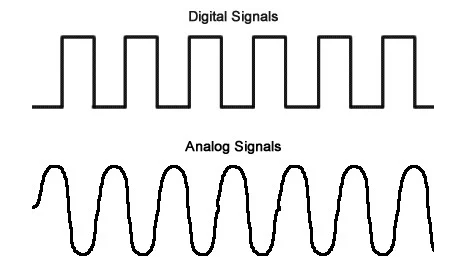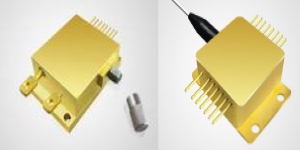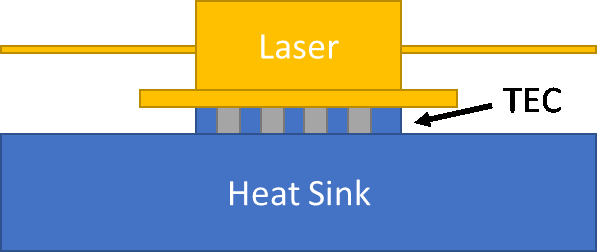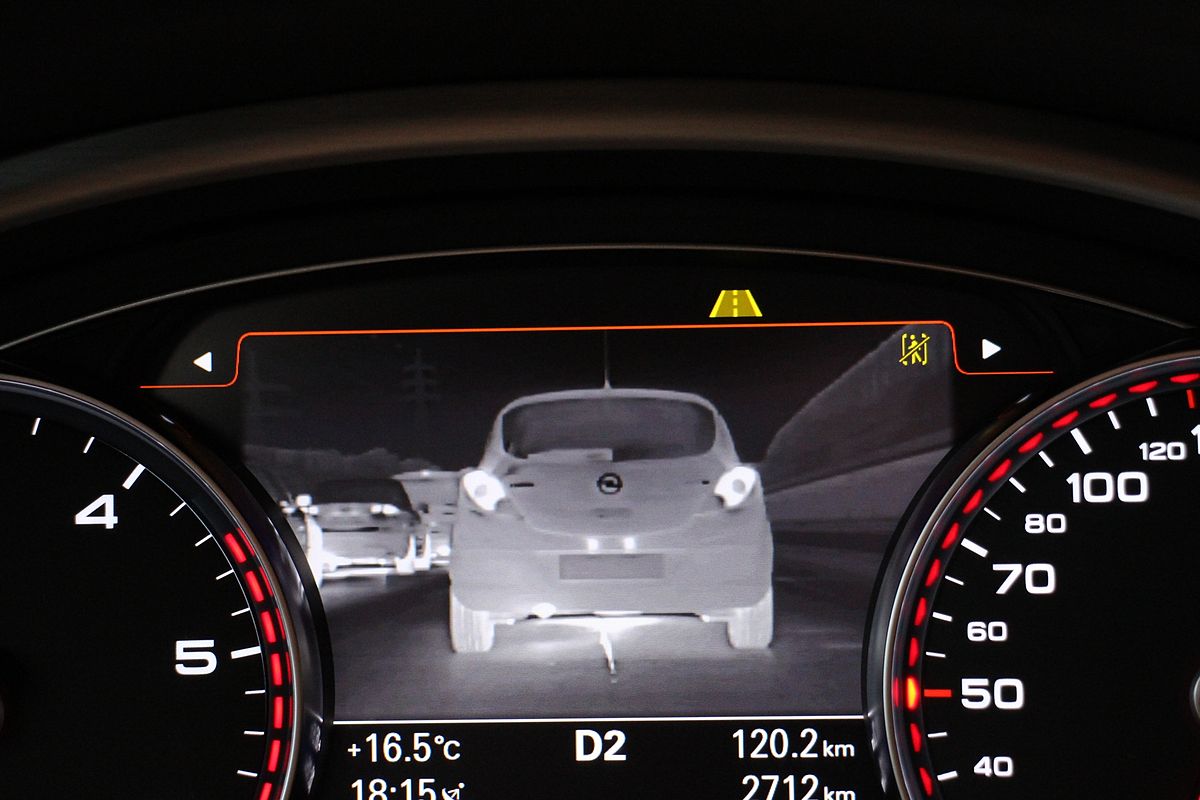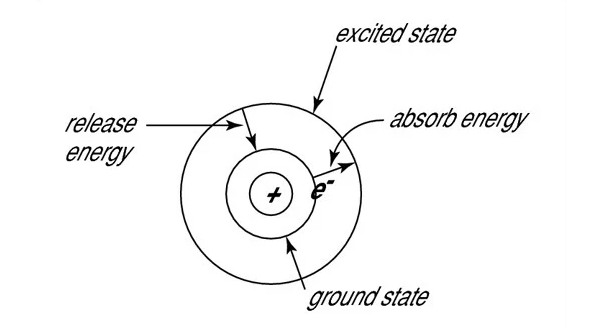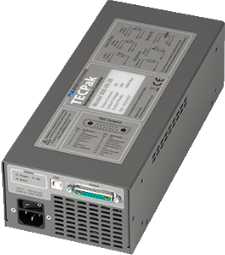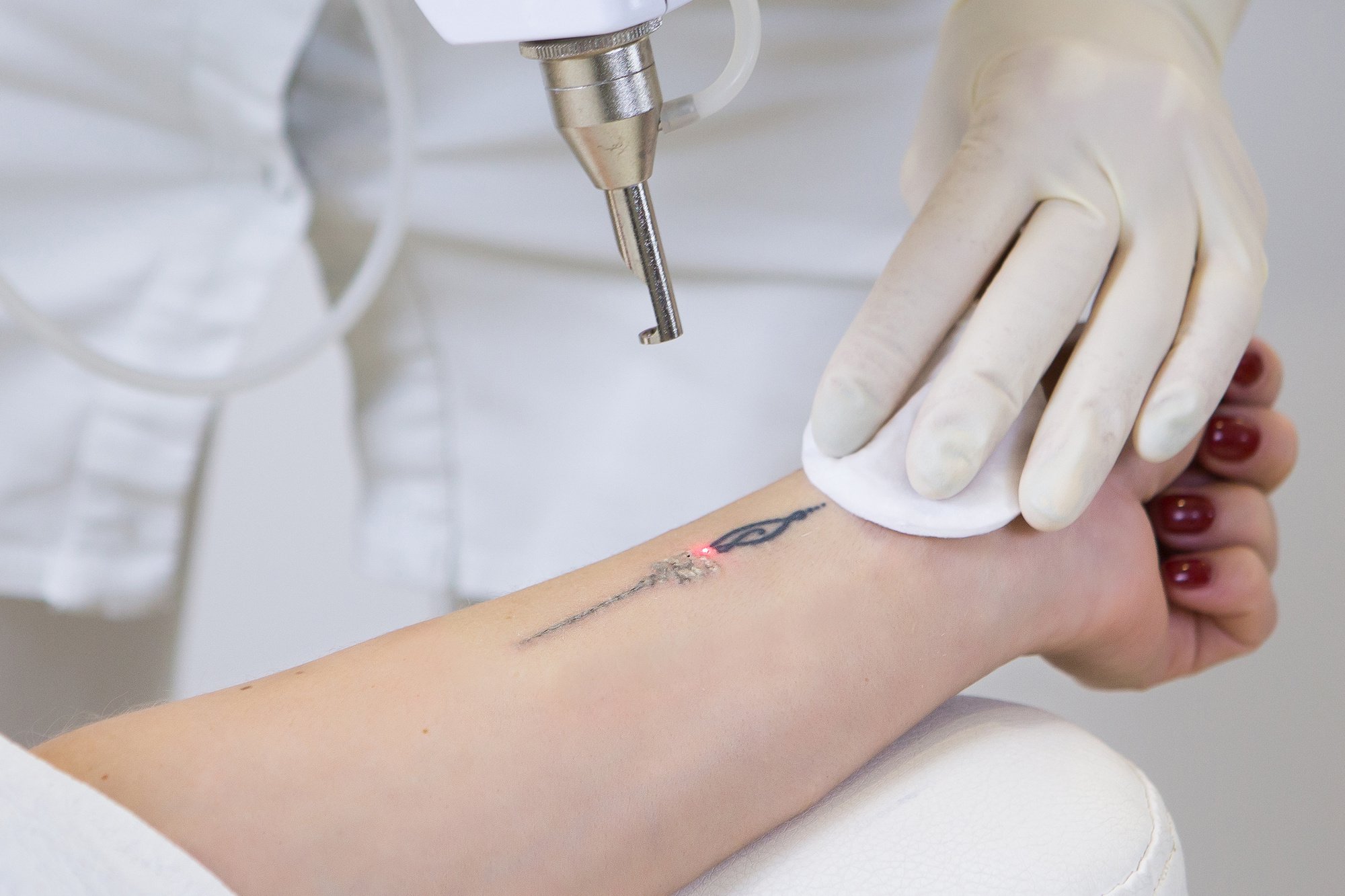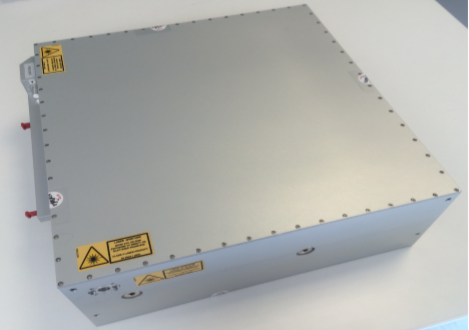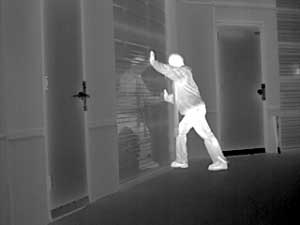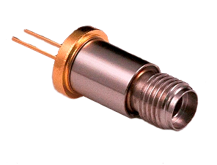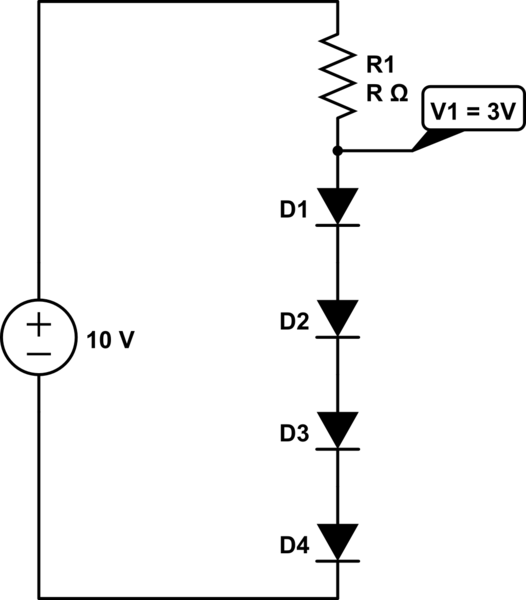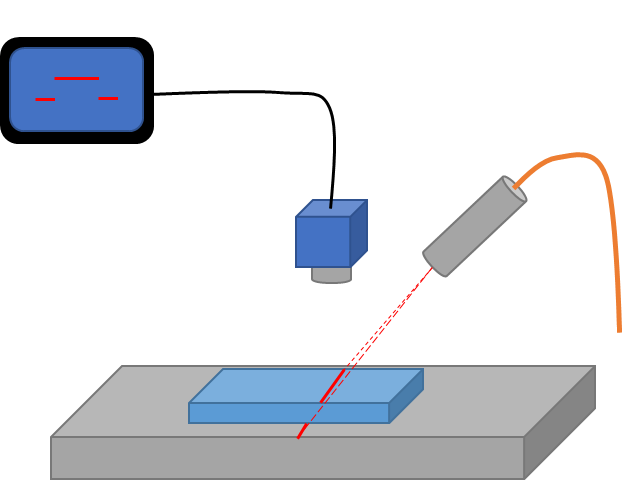Recent Developments at Integrated Optics
For several years now, RPMC has been partnered with Integrated Optics (IO) in Lithuania to provide you with the world’s smallest turnkey lasers. Over the past eight years, IO has developed a proprietary optics assembly method based on robotics and unique software solutions. These developments have ensured the highest levels of consistency and performance, while minimizing the overall system cost. We are happy to announce that in 2019 IO has developed new in-house laser assembly workstations to ensure the highest scalability of manufacturing, complete process control, and a fast adaptation to custo… Read More

 SHIPS TODAY
SHIPS TODAY 